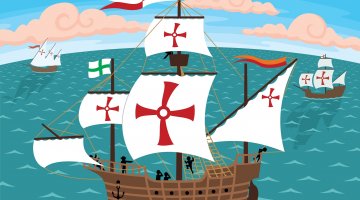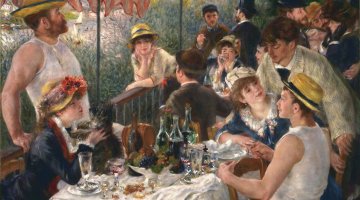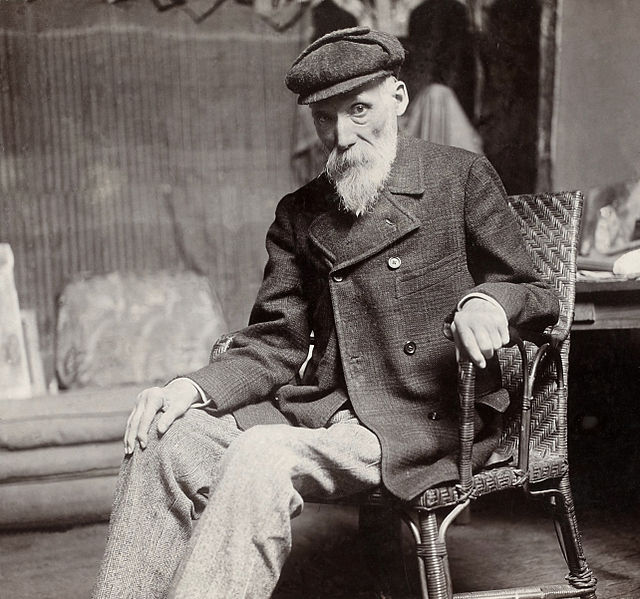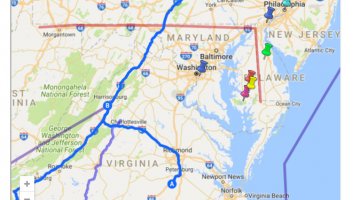In 1915, historian Carter G. Woodson proposed a “Negro History Week” to honor the history and contributions of African Americans. Nine years later, his dream became reality. Woodson chose the second week of February to pay tribute to the birthdays …[Continue]
History
10 Facts About Eleanor Roosevelt
Eleanor Roosevelt’s influence grew, even after the passing of her husband. She made a name for herself as a champion of the less fortunate and has her place in history as a civil and women’s rights leader. 1. Eleanor Roosevelt …[Continue]
10 Facts About Christopher Columbus
Christopher Columbus was an Italian explorer who sailed across the Atlantic Ocean in 1492, funded by King Ferdinand II and Queen Isabella of Spain. His goal was to find a better route to India and the spice trade. Columbus made …[Continue]
About Bastille Day
Bastille Day was created on July 14, 1880 to remember The Storming of the Bastille which started the French Revolutionary War. The Bastille is a medieval fortress that was designed and built around the city of Paris for protection. The …[Continue]
Top 10 Facts About Renoir
Here are the top 10 facts about Renoir that you should know. Renoir is one of the most famous painters of all time and was a very important influence on the impressionist movement in Europe and particularly France. His work …[Continue]
10 Facts About Pierre-Auguste Renoir
Pierre-Auguste Renoir was a French artist who painted in the Impressionist style. Renoir’s paintings portray the beauty and color of life and the sensuality of women. Renoir’s love of art and painting started when he was just a boy and …[Continue]
About Pearl Harbor
Pearl Harbor has come to hold a great deal of significance in United States history and in the history of the world. Pearl Harbor was attacked by Japanese forces on December 7th of 1941. The troops stationed at the harbor …[Continue]
Routes of the Underground Railroad
This Google map shows the different routes taken by runaway slaves escaping slavery, traveling from point A to point B. You’ll notice that a few of these routes took slaves south, although most ran from the South to the North….[Continue]








